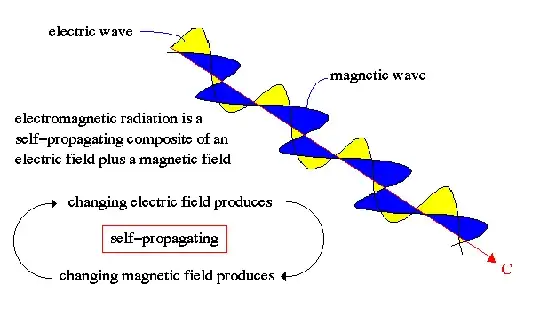When light travels through a material, it gets "slowed down" (at least its net speed decreases). The atoms in the material "disturb" the light in some way which causes it to make stops on its path. This is expressed in the material's permittivity and permeability: Its ability to transmit electromagnetic waves.
But then what causes the limited permittivity and permeability of vacuum? There are no atoms there to disturb the light, so what is keeping it from travelling at infinite speed? Is there a special property of space itself which determines the speed of light? Or is it the virtual particles in vacuum which interact with the light?
